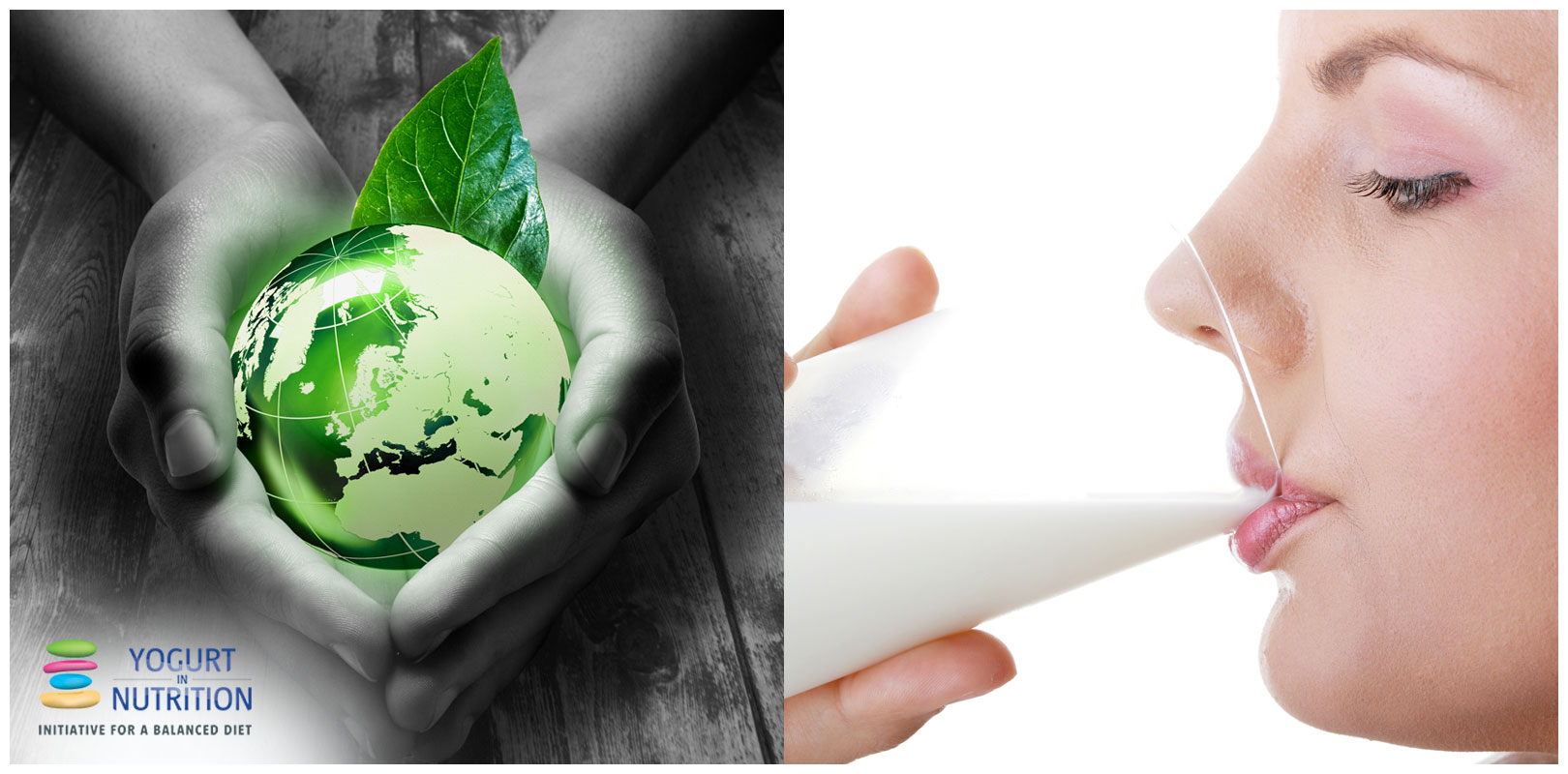Food and diet have distinguished impact on human health and on environment. In this study, Katerina Stylianou et al. proposes an approach that takes into account both environmental and nutritional aspects of food and diet, and applied it to milk.
A Method Combining Nutritional and Environmental Life Cycle Assessment
Milk is recognized as a nutritious food, providing numerous keys essential nutrients. On the other side, milk production contributes to the production of greenhouse gas emissions, which impacts environment. So what is the overall result of one serving of milk?
To answer this question the new framework was developed by a team from the University of Michigan and the Technical University of Denmark, called Combined Nutritional and Environmental Life Cycle Assessment (CONE-LCA). This method evaluates and compares in parallel the environmental and nutritional effects of food items or diets, expressed in disability-adjusted life years (DALYs). Researchers applied this framework in a “proof-of-concept” case study to investigate the environmental and human nutritional health effects, associated with the addition of one serving of fluid milk to the present American adult diet.
One Portion of Milk Is Beneficial
The team takes into account human health impacts of food and diets expressed in Disability Adjusted Life Years (DALYs). For the case study of one portion of milk, they compare the nutritional impacts and benefits, such as colorectal cancer, stroke and prostate cancer, to environmental impacts, such as global warming and particulate matter, and their consequences for human health. Their results show that adding one serving of milk in the diet, without substituting other healthy foods such as fruits and vegetables, could result in a health benefit. The net health benefit was even further increased when substituting less healthy foods (such as sugar-sweetened beverages) on an iso-caloric basis. Further studies will be needed
To learn more, read the original article.
Source: Stylianou K S et al. The International Journal of Life Cycle Assessment 2016;21:734



